Bees, the insect that consistently amazes us with their various abilities, are an integral part of our environment. As nature's tiny superheroes, bees work tirelessly to create wonders that amaze us all. From pollination to honey-making, there is much to discover about these creatures beyond that bottle of honey sitting next to your breakfast spread. Today, we're delving into the remarkable lives of these buzzing creatures to uncover the mysteries behind honey production, hive dynamics, and more. So put on your beekeeping suit and get ready to learn 10 buzz-worthy facts about bees!
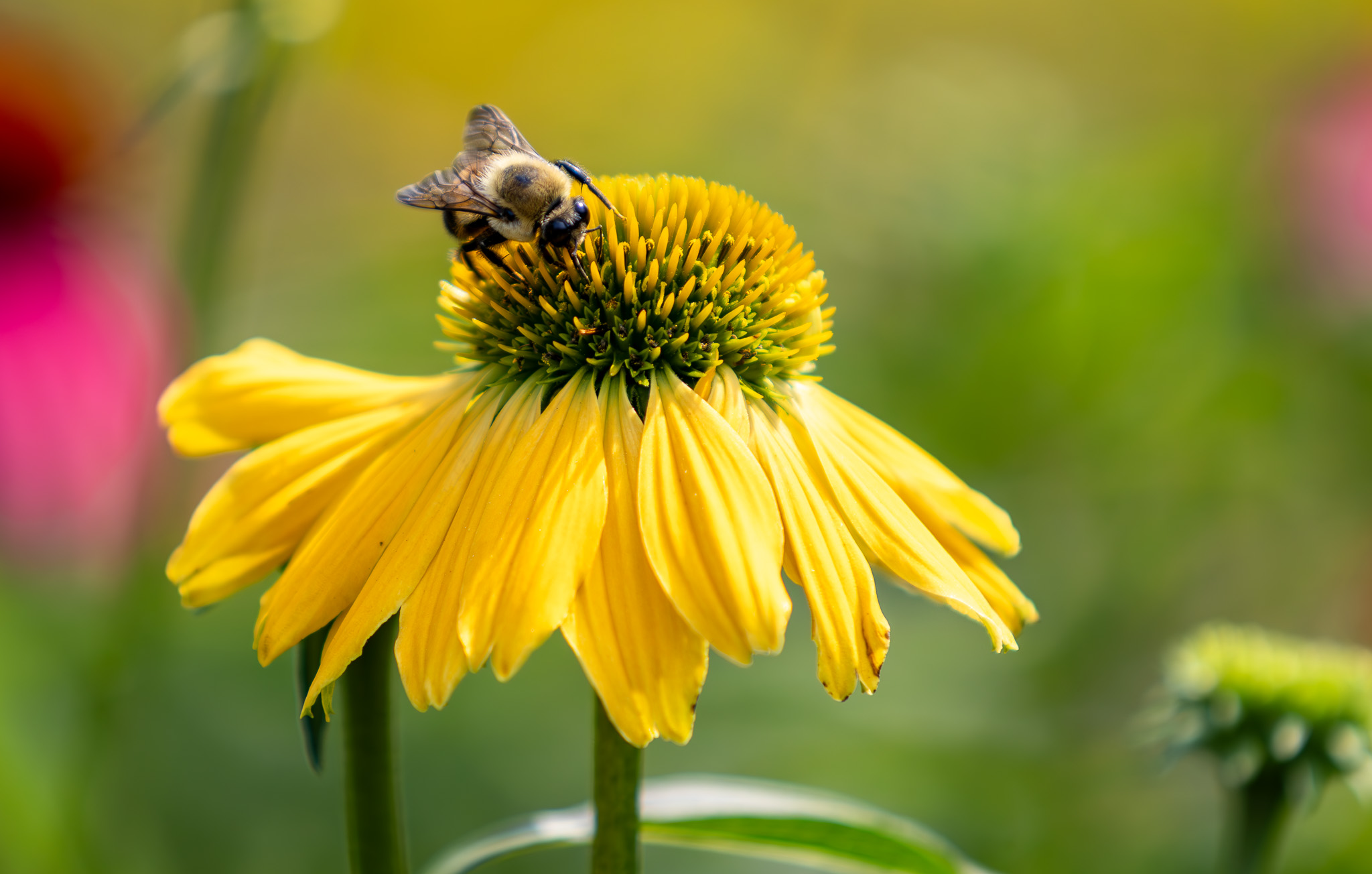
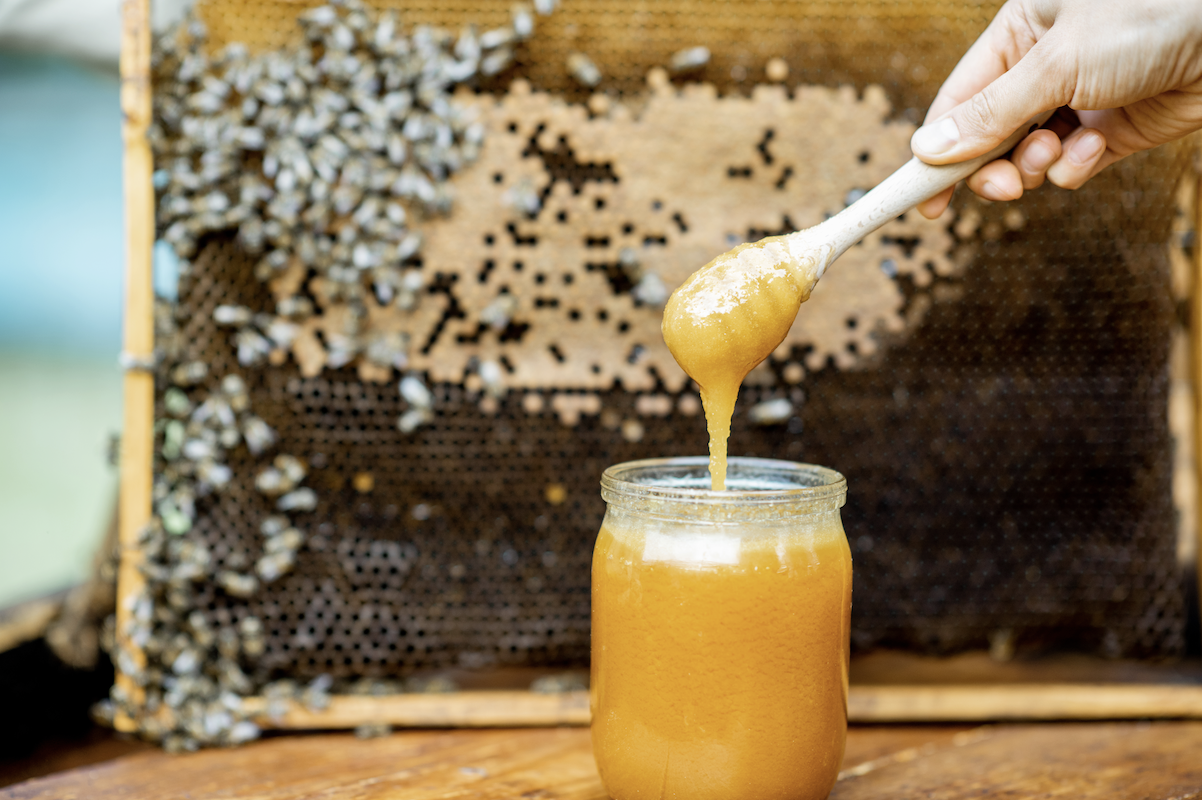
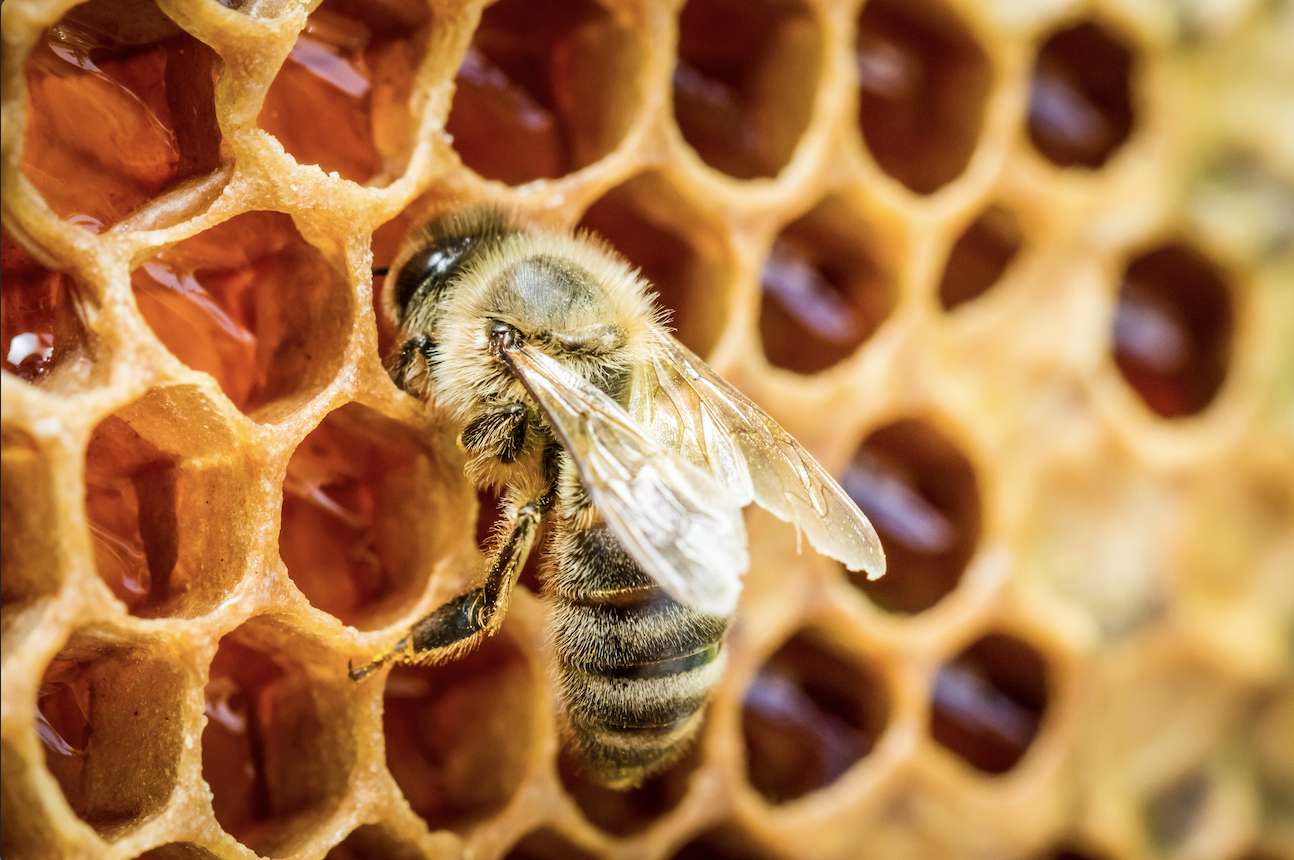
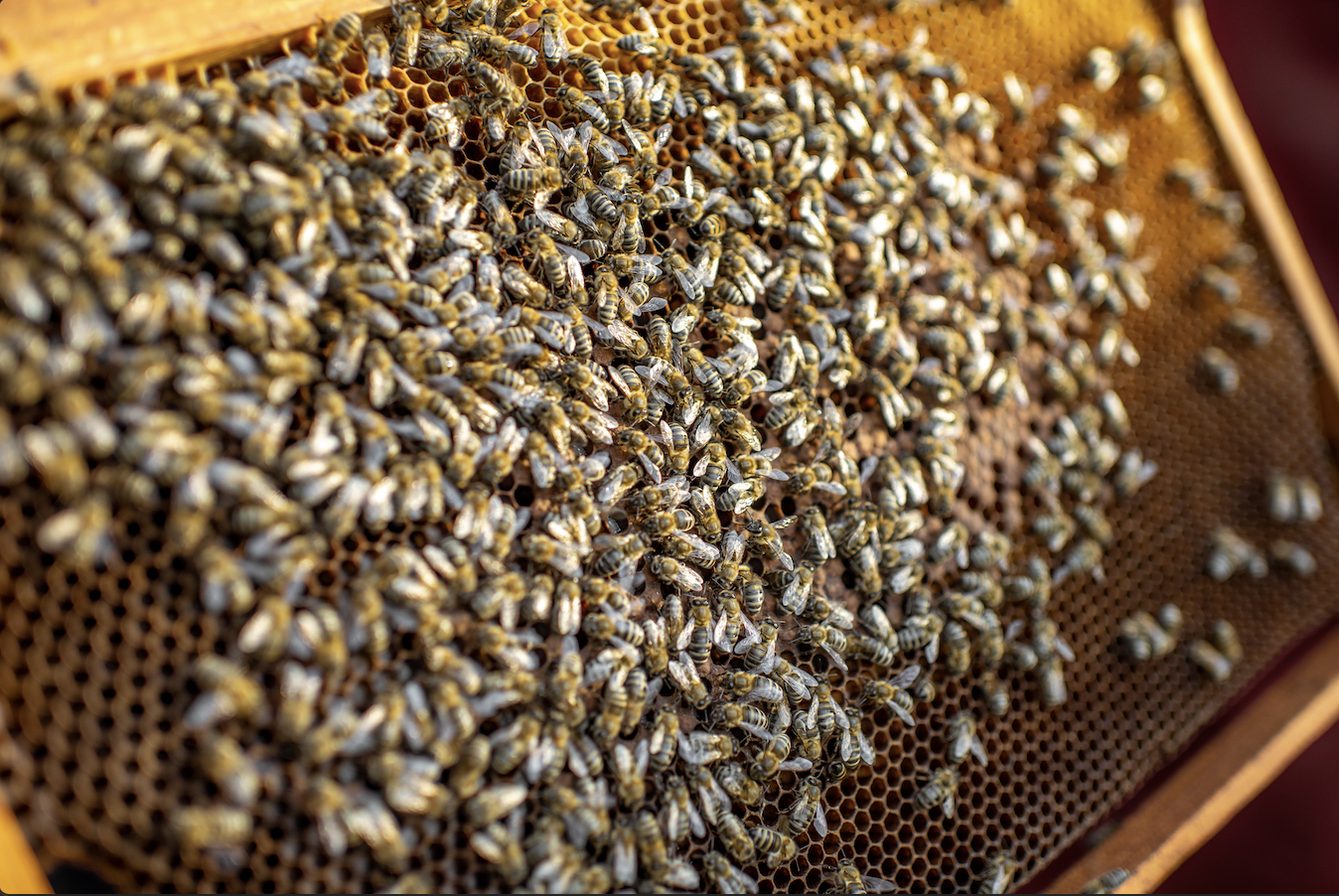
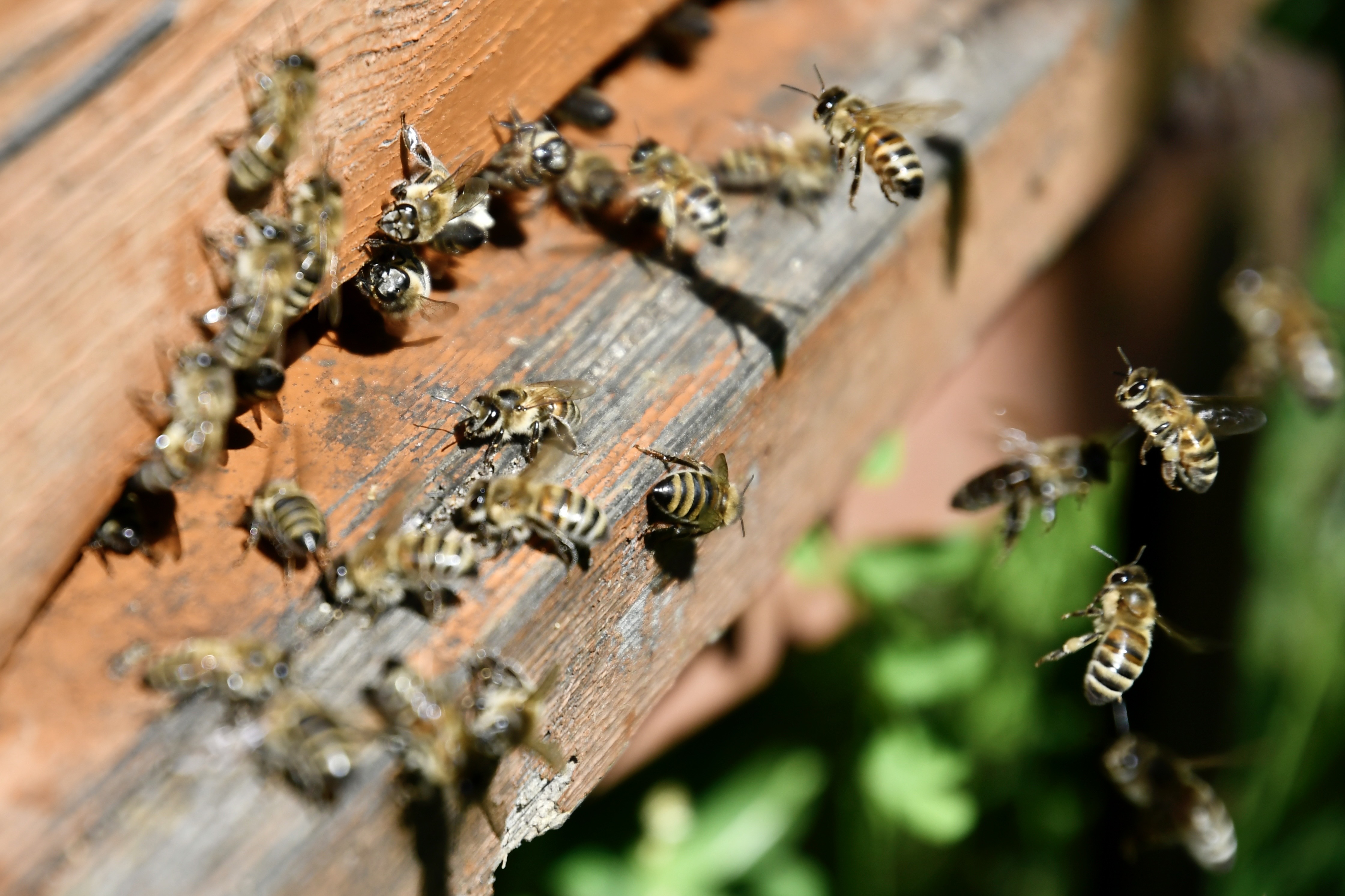
10. Why is Pollen Important?
Pollen is not just for sneezing—it's an essential ingredient for bee nutrition! Bees collect pollen, which they mix with honey to create a special "bee bread." This nutritious blend serves as food for growing bee babies (or larvae), providing them with proteins and fats, while honey supplies the carbohydrates. A hive can gather an astonishing 50 pounds of pollen in a single season!
9. How Does Nectar Turn Into Honey?
Bees are master chefs! They collect nectar from flowers, mix it with enzymes in their mouths, and store it in hexagonal, wax honeycombs. The nectar is then dehydrated until the water content drops to around 17%, and the cell is sealed with a thin layer of wax. When beekeepers see these sealed cells, it's a sign that the honey is ready to be harvested. Can you believe that a single worker bee only produces half a teaspoon of honey in her entire life?
8. Why Do Bees Need to Make Honey?
Unlike other buzzing insects, honey bees survive the winter as a colony. They stay active, forming clusters to keep warm. To sustain themselves during this period, they need plenty of food. Bees work tirelessly during spring and summer, gathering enough honey to keep their hive thriving throughout the winter. While a hive typically requires 20-30 pounds of honey to survive, industrious bees can gather even more if given the opportunity.
7. What Do Bees Do Other than Making Honey?
Bees are essential for pollination and efficient pollination can increase crop yields by 25-40%, leading some farmers to hire beekeepers to bring hives into their fields and orchards. In the United States alone, bees contribute to pollinating around $19 billion worth of crops annually. Additionally, bees produce wax that is used for making candles—an extra sweet bonus!
6. How Do Bees Share Jobs in the Hive?
Bees have a well-organized work system based on age. When a bee is born, its first task is cleaning out the cell she emerged from. As it grows older, its responsibilities evolve. From feeding larvae to producing wax, building comb, guarding the hive entrance, and foraging for pollen, nectar, and water—the hive's workforce is a buzzing symphony of cooperation.
Let’s get into the specifics of their jobs throughout their life; first, A bee is born! Then, at 1-2 days old they clean hive cells and keep the brood of larvae warm. At 3-5 days old, they can start to feed older larvae. Once they hit 6-11 days old they feed the youngest larvae, as they’ve become more trustworthy. Then at 12-17 days old they can produce wax, build up the comb, carry food, and perform undertaker duties. Now, when they are 18-21 days old, they can guard the hive entrance. And finally, at 22+ days old, they are fully matured and fly away from the hive to pollinate plants, collect pollen, nectar, and water for the hive.
5. How Long Does a Bee Live?
Worker bees, born in summer, have a lifespan of around 40 days. However, those born in autumn can live until the following spring. The queen, on the other hand, can live up to an impressive five years, ensuring the hive's longevity and prosperity.
4. Why Do Bees "Dance"?
Bees have a unique language to communicate with each other, especially when it comes to sharing the location of food sources. When a bee discovers a rich food supply, she performs a special dance on the comb. By running in circles, bisecting the circle at specific angles, and waggling her abdomen, she conveys directions to her fellow foragers. The angle of the dance represents the direction with respect to the sun, while the intensity of the waggle indicates the distance.
3. How Many Types Of Bees Are In A Honey Bee Colony?
The answer is 3 types! But, let’s dive into that a little further:
First and foremost, we have the queen bee, the reigning matriarch. She is the sole queen of the colony and holds the responsibility of egg-laying. With her mighty reproductive powers, the queen tirelessly lays over 1,000 eggs per day during the peak season. She reigns supreme and is the heart of the hive.
Next, we have the female worker bees, who form the majority of the colony. These diligent workers perform a myriad of tasks, ranging from cleaning the cells and keeping the brood warm during their early days, to feeding larvae, producing wax, building comb, collecting food, and even guarding the hive entrance. They are the backbone of the hive, tirelessly laboring to ensure its survival and success.
Last but not least, we have the male drones. These dashing bees have a unique purpose—they exist solely to mate with queens. During the summer months, the hive houses hundreds of drones. However, as autumn approaches, the workers deem them unnecessary for the hive's survival during the winter. In an intriguing twist, the workers evict most of the drones, ensuring that only a select few remain for the next season.
2. Why Does a Hive Need a Queen Bee?
The queen bee holds a vital role in the hive—laying eggs. During spring, she tirelessly lays over 1,000 eggs a day, surpassing her own body weight. The eggs she lays in different types of wax cells give rise to worker bees, drones, and new queen bees. She emits pheromones, a special bee perfume, which communicates the queen's presence and keeps the colony in harmony.
1. How Does a Queen Come into Power?
Springtime brings a fascinating phenomenon in the bee world. Bees construct queen cells and the queen lays eggs inside them. The young nurse bees then feed the bee babies with Royal Jelly, a baby food made by worker honeybees extending the cell until it reaches about 25mm in length. After nine days, the first queen cell is sealed, signaling the prime swarm—a large group of bees leaving the hive. The first new queen emerges eight days later. She may lead a smaller swarm or eliminate her sisters by stinging through the wax walls of their cells. The young queen eventually takes mating flights, returns to lay fertilized eggs, and continues the hive's legacy.
Bees truly are marvels of nature, tirelessly working together to create honey, pollinate crops, and maintain the delicate balance of the ecosystem. Their remarkable abilities, complex communication, and intricate social structure make them a vital part of our world. So, the next time you see a bee buzzing by, take a moment to appreciate their extraordinary contributions to the sweet symphony of nature. To learn more about what’s growing on during National Pollinator Week, check out our Pollinator Handbook and Mike, the Garden Guru, and his webinars with new plants, products, and expert planting advice. To keep inspired and grow with us, follow us on Facebook, Instagram, Pinterest, and TikTok to dig into the joys of gardening.
